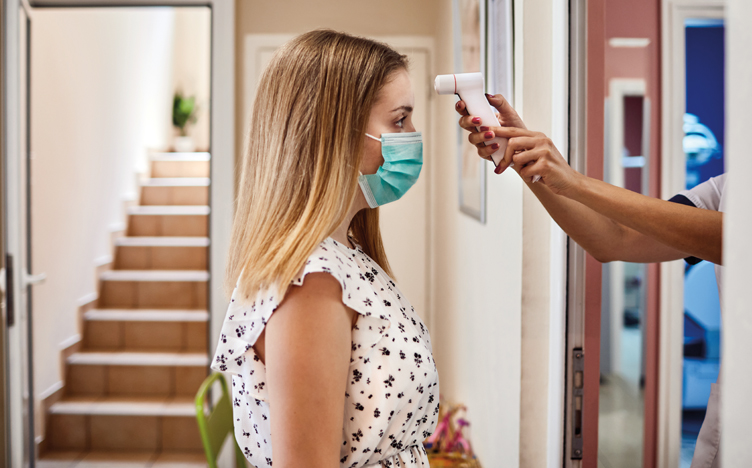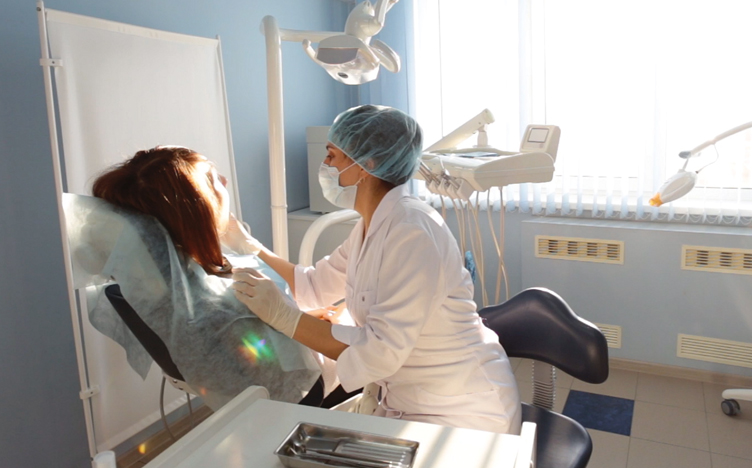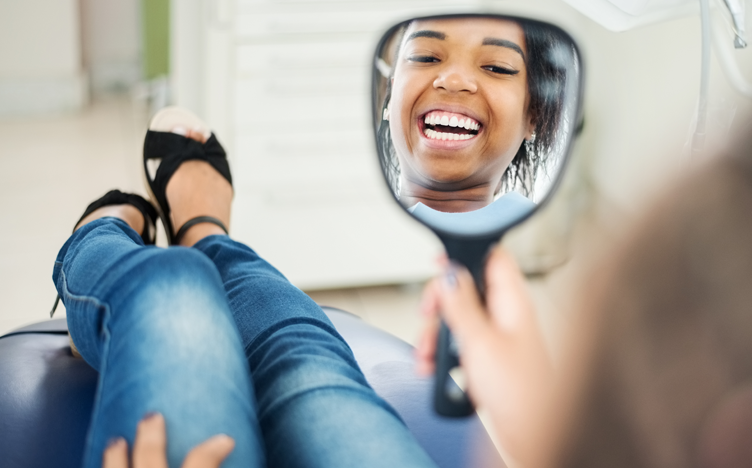Technology can keep us in touch — even remotely — with our family, friends and colleagues. It can also help some people get much-needed oral health care.
The use of teledentistry is increasing because it is convenient for both patients and dentists. Dentists can easily communicate with patients, as well as other dentists and health care providers, from a distance — providing people the care and information they need.










